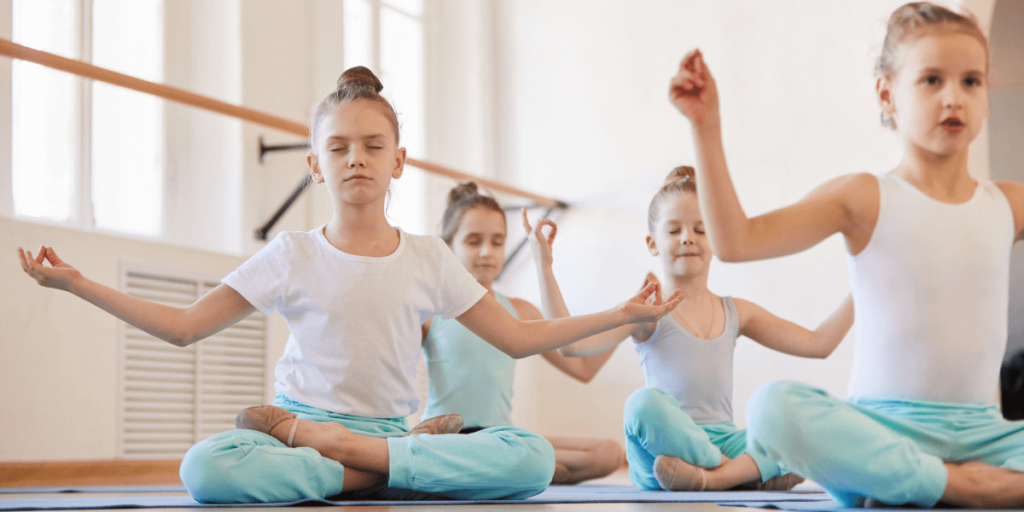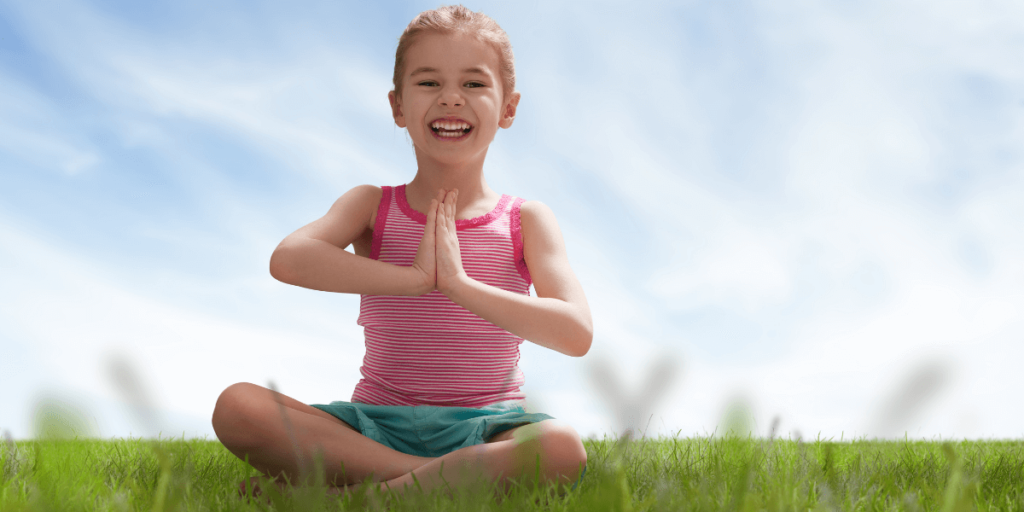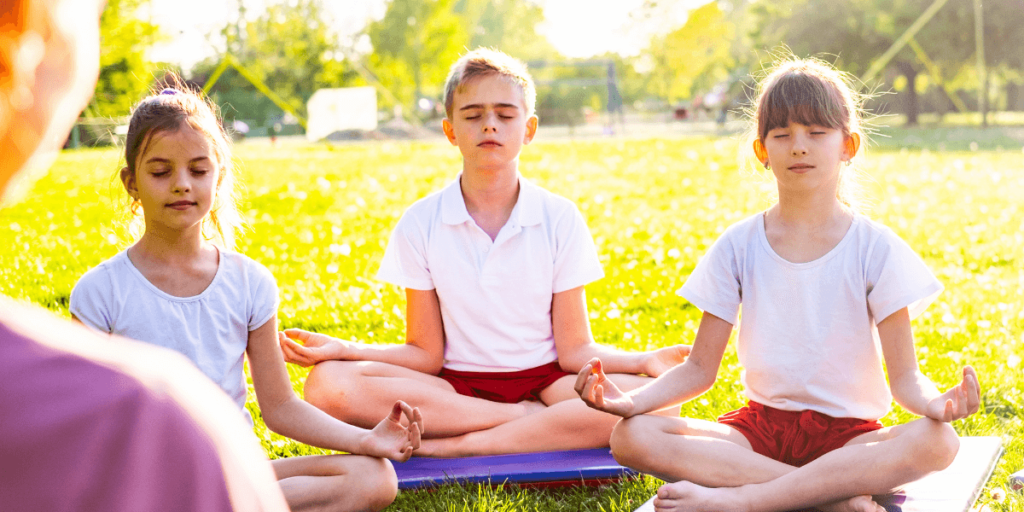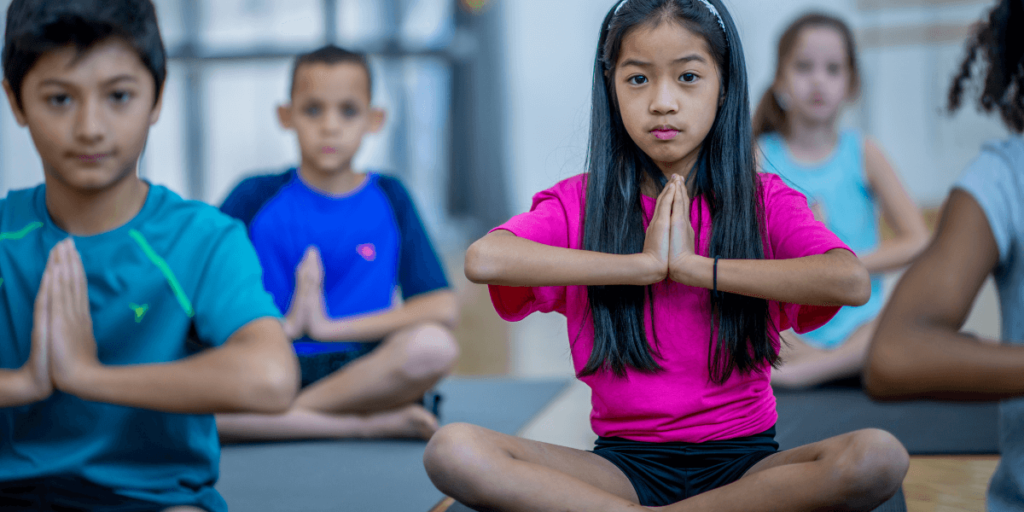You’re undoubtedly aware of yoga’s advantages, which include relaxation, stress reduction, mental clarity, improved breathing, and physical strength. Yoga, on the other hand, isn’t just for grownups.
Yoga is suitable for people of all ages and sizes. It’s a low-intensity activity that both parents and children may enjoy. You can perform it in the comfort of your own home with little danger of injury.

Why Should Children Practice Yoga?
Recent studies have shown that practicing yoga reduces anxiety and tension in children, and it can even help them perform better at school and in their personal lives. Who among us doesn’t wish to offer their children an advantage in the future?
Yoga is also said to be beneficial to children with ADHD because of its soothing properties. Yoga helps to quiet the senses and teaches children how to slow down, relax, express, and appreciate themselves by adding animals, music, art, and storytelling into the mix. That’s something we might all benefit from in today’s fast-paced world.
Our young people must learn to calm down the turmoil around them and tune in to what truly matters: their inner serenity, in our hurry-up world.
Yoga is an excellent choice of exercise for children of all ages since it provides several advantages and can be done in almost any place.

Here are some ways to make the experience fun for your child and you.
1. Exercising in front of your children is a good idea.
Children are inherently inquisitive. If you lay down your mat in front of them, they’ll be curious and want to participate. They will realize that yoga is a natural practice that can be incorporated into daily life.
2. Have a good time.
It’s not the time to try to master a headstand or any other advanced posture when practicing with your kids. Stick with fun positions like Happy Baby or Downward Facing Dog. As long as it’s done safely, kids should be allowed to interpret the postures and advance toward them at their own pace.
3. Let your imagination go wild.
The majority of yoga postures have animal names. Make the appropriate animal noise for the stretch you’re performing. To get you started, here are some animal poses Downward Facing Dog, Cat/Cow, or Butterfly.

4. Follow their ways.
Allow your children to choose their preferred posture. Allow them to create their own posture with their own name.
5. Strike a pose
Many monthly yoga challenges featuring a posture of the day have sprung up as a result of the development of yoga on social media. With your children, create your own daily pose of the day challenge.
Kids can acquire certain useful lessons if they practice them on a regular basis, such as:
- How to inhale deeply and deliberately.
- How to be more self-assured in their body.
- The importance of incorporating self-care into everyday routines.
- The importance of their physical and emotional well-being.



